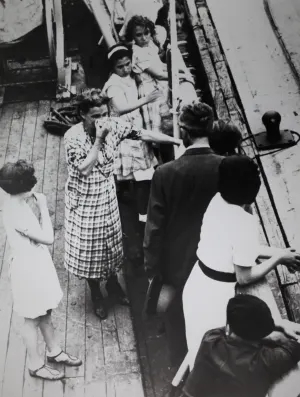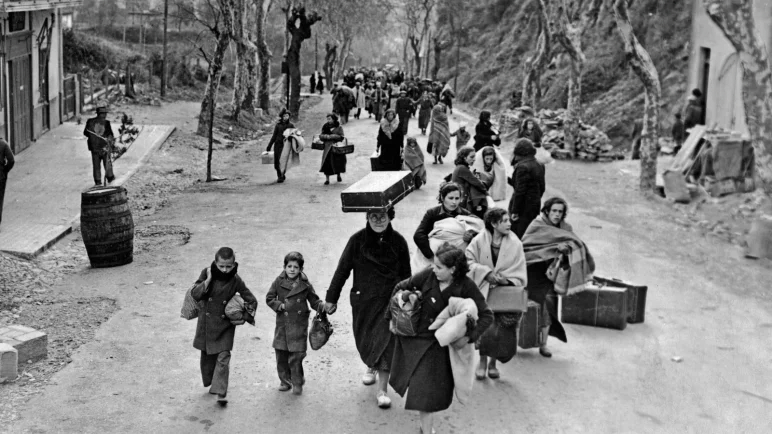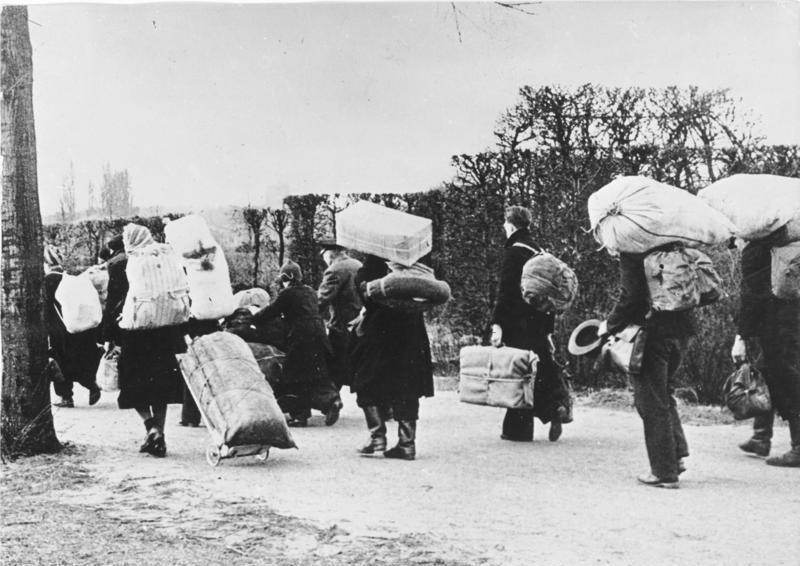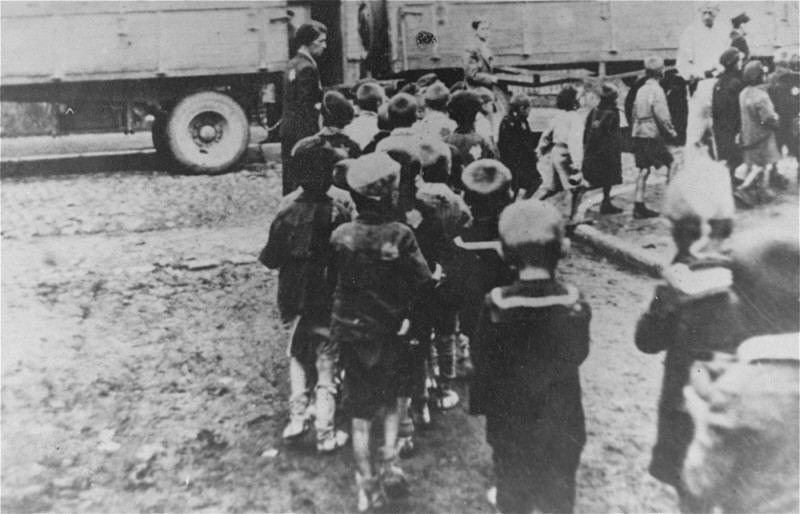Debating Immigration: Wagner-Rogers Bill
Immediate Impact

Return to Europe of the St. Louis, 1939, Holocaust Encyclopedia
Humanitarian diplomacy through immigration ended the day after the Japanese attack on Pearl Harbor. Roosevelt suspended naturalization proceedings for Italian, German, and Japanese immigrants, required them to register, restricted their mobility, and prohibited them from owning items that could be used for sabotage, such as cameras and shortwave radios.

History, June 1939
The diplomatic challenges of German refugees were highlighted by the May 1939 refusal of both Cuba and the U.S. to accept the 937 German-Jews aboard the MS St. Louis. Forced to return to Europe, 254 of the passengers died at the hands of the Nazis.
A woman who was denied entry in Havana is seen crying while surrounded by her children aboard the M.S. St Louis in June 1939
Over 110,000 Jewish refugees escaped to the U.S. between 1933 and 1941, yet hundreds of thousands more applied to immigrate and were unsuccessful.

1940, The New York Times
In 1940, refugees fled Paris in anticipation of the German invasion

Flüchtlinge, 1945, Wikimedia Commons
Many seeking evacuation from persecution in the 1930s and 1940s found their efforts frustrated by the complex and demanding requirements of the U.S. to uphold immigration quotas.

“Children from the Marysin colony who were rounded-up during the "Gehsperre" action in the Lodz ghetto, walk in a line to the trucks that will transport them out of the ghetto.” September 1942, USHMM
The failure of the United States to alter immigration quotas based on the atrocities in Europe would be a mark of failed debate on the part of the supporters and lack of presidential diplomacy.